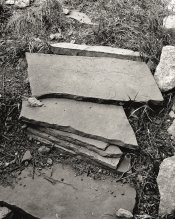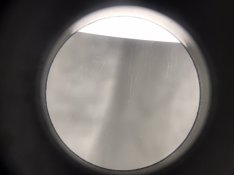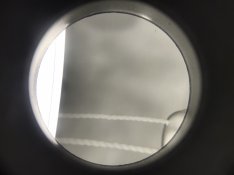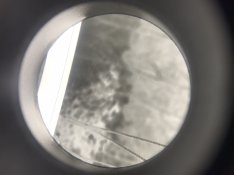Foma films in 135 format are fun until you make 30x40cm (11" x 15") size enlargements and find out how scratched the negatives really are. No other film has this level scratching problems..
I too have had a lot of scratch problems with the 400. Last three rolls all had a long scratch/serpentine line going almost all the film length along the emulsion side. All were shot on different cameras. Last time I developed it I made sure the film did not touch anything while loading to dev reel etc, still it had such line. Interestingly, I tried re-washing the negatives carefully between my fingers and managed to rub the scratch/line away from 90% of the frames











